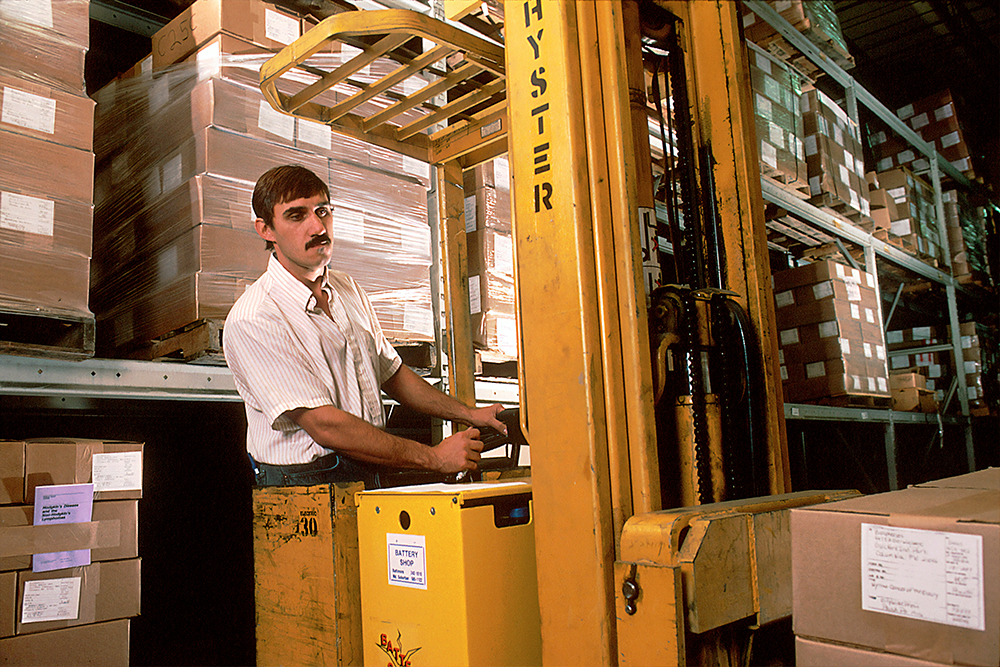Forklift safety remains a critical priority in warehouses, distribution centres, and manufacturing environments across Australia. With forklifts responsible for a significant portion of workplace incidents each year, it’s essential that safety is approached as a shared responsibility—encompassing operators, pedestrians, and management teams alike.
At Toyota Material Handling Australia (TMHA), we provide not only industry-leading forklifts for sale, but also the support, training, and resources to ensure our customers maintain safe and compliant workplaces.
The Role of Operators: Precision, Awareness, and Responsibility
Forklift operators are on the front line of workplace safety. Proper training, attention to detail, and adherence to safe practices are essential every time a forklift is in use.
Key operator safety tips include:
- Always conduct a pre-operational safety inspection before using any forklift.
- Operate at safe speeds and adhere to speed limits in designated areas.
- Use the horn at intersections and blind corners to alert others.
- Maintain clear visibility and avoid overloading the mast.
- Never carry passengers unless the forklift is designed to do so.
Regular refresher training and licence validation ensure operators remain competent and up to date with current best practices.
Pedestrian Awareness: Staying Visible and Predictable
Pedestrians in forklift areas must remain vigilant and aware of moving equipment. Accidents often occur due to poor visibility, unexpected foot traffic, or inadequate separation between people and machines.
Best practices for pedestrian safety include:
- Always use designated walkways and crossing points.
- Make eye contact with operators before crossing forklift paths.
- Wear high-visibility clothing when entering shared operational areas.
- Avoid distractions like mobile phones when walking near active forklifts.
Workplaces should implement clear signage and physical barriers to reinforce separation where practical.
Manager Responsibilities: Culture, Training, and Oversight
Managers and supervisors are responsible for fostering a culture where safety is embedded in day-to-day operations. This includes selecting the right equipment, investing in training, and maintaining oversight.
Managerial safety considerations:
- Ensure all forklifts for sale or lease are compliant with the latest Australian safety standards.
- Develop and enforce site-specific safety policies and traffic management plans.
- Schedule regular equipment servicing and inspections.
- Facilitate training and certification for all forklift operators.
- Investigate incidents and near misses to prevent future occurrences.
Strong leadership ensures that safety is prioritised and continuously improved at every level.
TMHA’s Commitment to Safer Workplaces
At Toyota Material Handling Australia, safety is engineered into everything we do—from the design of our forklifts to the support services we provide. Our range of forklifts for sale includes advanced safety features such as operator presence sensing, automatic speed control, stability assist systems, and ergonomic controls to reduce operator fatigue.
We also offer tailored safety training and operator support programs to help our customers meet their legal obligations and create safer, more productive workplaces.
To explore TMHA’s range of safety-focused forklift solutions or to enquire about operator training, visit our website.
Speak with one of our team members to learn how the right equipment and approach can significantly improve safety across your operations.

